If visiting Warsaw, the Warsaw Uprising Museum is a must to discover the hardship of the Polish during World War II. The Polish Underground Resistance initiated the uprising on August 1, 1944 as part of an anti-Nazi operation. Warsaw was one of the most damaged cities during World War II, so much of what you see today was rebuilt post war. Inside the museum, one sees images of the destruction as well as exploring various artillery used by the Poles. Outside one experiences various images and paintings dedicated to those who died and the names of the people who served on the marble wall.
The mermaid is the symbol and protector of Warsaw. In fact the name Warsaw relates to the mermaid and it's story is quit a unique story. In Polish Warsaw is Warszawa. Wikipedia states, "Folk etymology attributes the city name to a fisherman, Wars, and his wife, Sawa. According to legend, Sawa was a mermaid living in the Vistula River with whom Wars fell in love."
According to Atlas Obscura, "The legend of the Warsaw mermaid, or “syrenka” in Polish, is a relatively simple one. She originated from the Baltic Sea, where (according to some versions of the story) she had a twin sister, the famous Little Mermaid of Copenhagen. The syrenka swam up the Vistula River until she was at what is now Warsaw’s old town. There, she saw some fishermen catching fish and decided to meddle with their nets and free the catch.
The fishermen were angry at the meddlesome creature and tried to catch it, but once they saw the mermaid and heard her siren song they could not harbor any hate for her any longer. Later, the mermaid was captured by a rich merchant who wanted to haul her off as some kind of prize. But the fishermen would not have it and freed her from the greedy man’s clutches. The mermaid was thankful and promised to protect the fishermen and their homes from then on. From that moment, she became the city’s guardian and protector in times of need."
A copy of the statue resides in Old Town Market Place. The original statue was removed due to vandalism.
And if he's still alive, the ires an old man who feeds pigeons every afternoon. Several times I've gone back to Warsaw and still found him there, living a simple, joyful life of feeding pigeons.
Old Town Market Square
This square was once the epicenter of commercial life in Warsaw. This square is the most historic area in Old Town, and surrounded by Baroque and Renaissance facades that were once merchant's homes. Although post war replicas of what once stood, this square was rebuilt to it's original form. It is not uncommon to find artists in the square selling paintings and drawings.
Poland is known for its amber jewelry. The Baltic region is the largest known deposit of amber, which makes the Baltic amber very special and "priceless" as the amber dates back to 44 million years ago. Amber shops are found throughout Old Town and other more affordable handcrafted goods can be found from independent makers who "set up shop" in and around the Royal Castle.
One cannot go to Poland without trying the traditional Polish food. From borscht to pirogies to cherry vodka to cabbage salads, there is an array of local food that is even suitable for vegetarians.
My favorite restaurant is Ceprownia located near the Warsaw University and nearby Old Town. The prices are affordable and the food is as authentic as the old lady in the kitchen. Don't forget to try the cherry vodka, which one can find at any traditional bar or Polish restaurant in town.
If searching for a cheap meal, try one of the milk bars such as Prasowy, Bar Bambino or Wegetariański Bar Mleczny.
In the middle of the castle square is a statue of the man, Zygmunt III Waza, the person responsible for Warsaw becoming Poland's capital city. In 1596, Poland's capital switched from Krakow to Warsaw, which became the center of Renaissance Europe's largest empire. The 22-meter high monument erected in 1664.
Here you'll also discover plenty of shops and streetside cafes. The cafes are not the cheapest in town, but you pay for what you get and travelers will pay for the ambience, which is hard to beat!
National Museum in Warsaw
Founded in 1862, this museum contains over 830,000 works of art from local and international artists. Art lovers explore exquisite pieces from Polish masterpieces such as Jan Matejko and Wilhelm Sasnal.
Throughout Old Town travelers notice a variety of plaques and markings that signify "special events" that occurred, or people who lived in these buildings that sacrificed their life during World War Two. Fragments of the Jewish Ghetto wall is marked on the ground with a plaque that outlines a former wall between the ghetto and the "Aryan" part of town. The three best known parts of the ghetto are in the courtyards in 55 Sienna and 62 Złota Streets, and at 11 Waliców Street.
The founder of modern astronomy comes from the Polish town, Toruń. The large statue stands before the Staszic Palace, the seat of the Polish Academy of Sciences and surrounded by the bronze Copernicus solar system underneath. This statue has quit the historic past. Erected in 1830, during the second world war, the Nazis placed a plaque on the statue, claiming Copernicus was German. On February 11, 1942, a boy scout called Alek Dawidowski snuck around the guards and removed the plaque. Obviously, the Nazis were not happy and decided to hide the statue.
According to Wiki, "In response, on 21 February, the Germans moved Warsaw's statue of Jan Kiliński to the National Museum in Warsaw. Dawidowski and his comrades retaliated by placing a large graffito on the Museum ("People of Warsaw—I am here. Jan Kiliński") and on 13 March adding a new plaque to the Copernicus monument: "For removal of the Kiliński statue, I am extending the winter by two months. Kopernik."
This Lemon Tree article is now featured on GPSmyCity. To download this article for offline reading or travel directions to the attractions highlighted in this article, go to 10 Cultural Things You Must Do and See in Warsaw.
Check out our other travel blogs about Poland:
Historical Sites You Can't Miss in WarsawDiscovering Krakow's Jewish Culture & Heritage
A Traveler's Guide to the Best Cultural Spots in Krakow, Poland
12 Must-Visit Historical Sites in Krakow, Poland
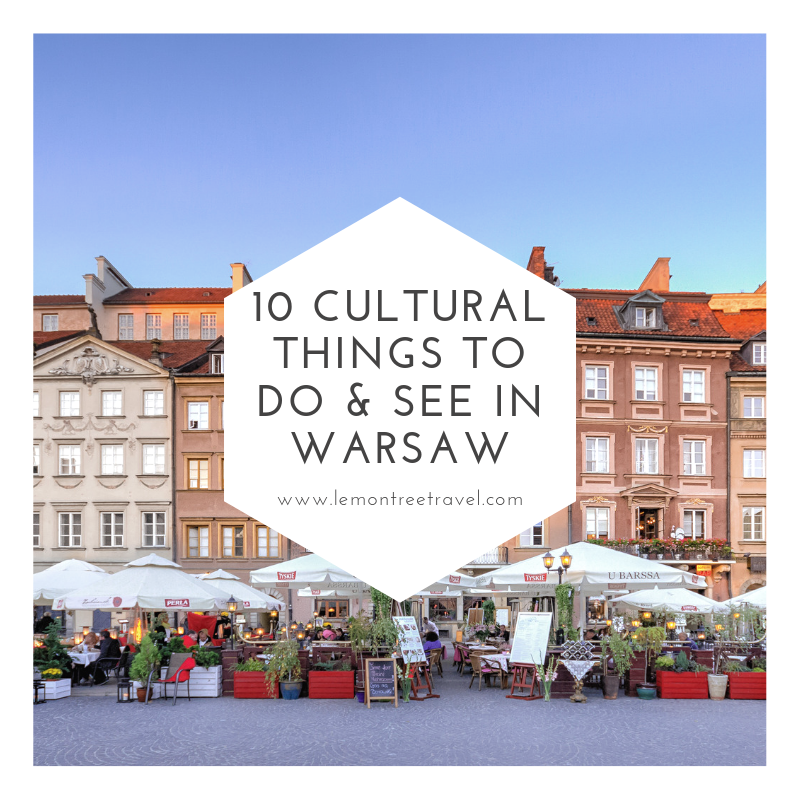
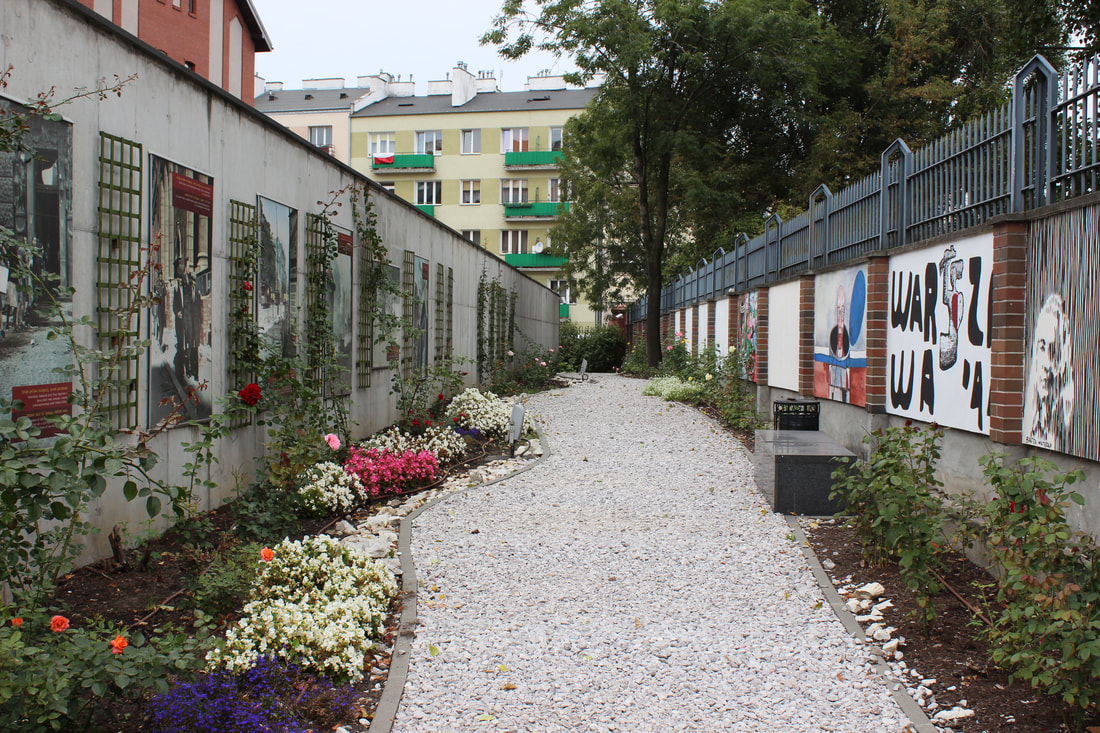
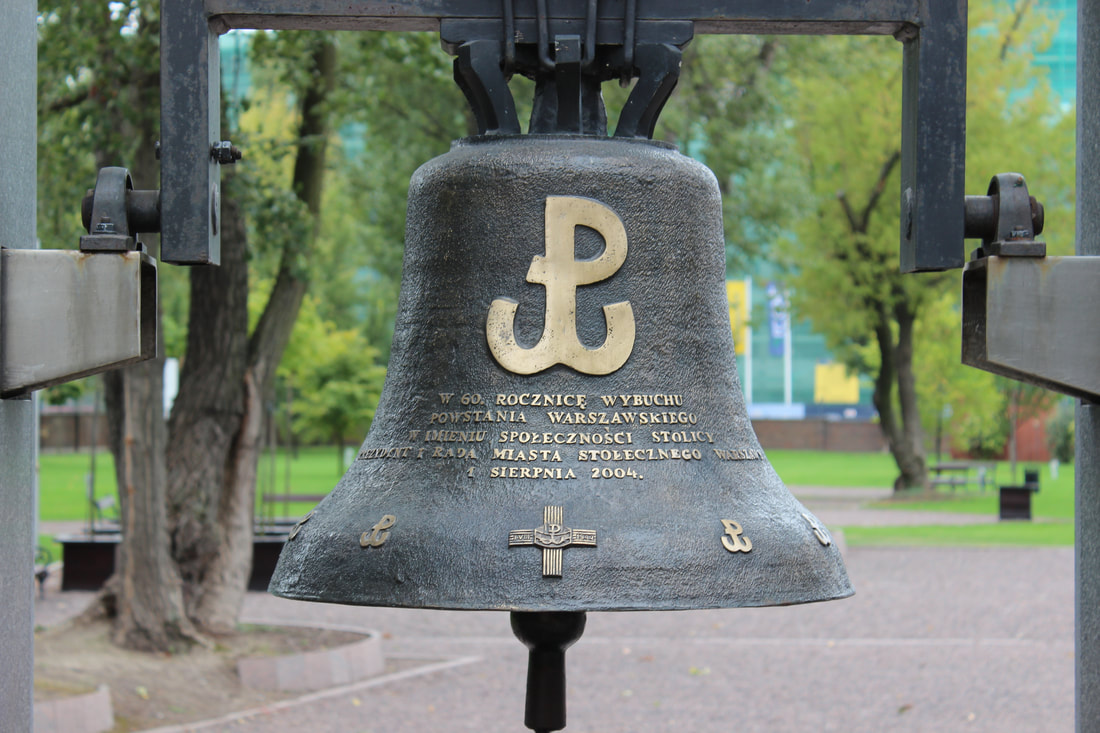
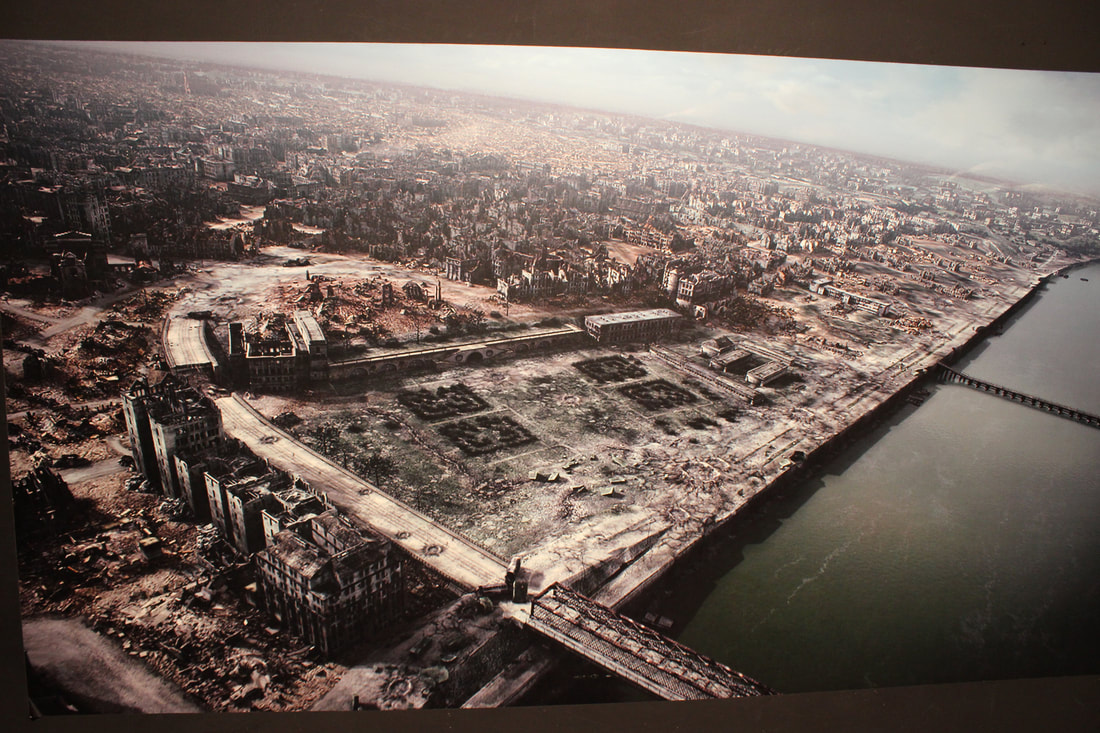
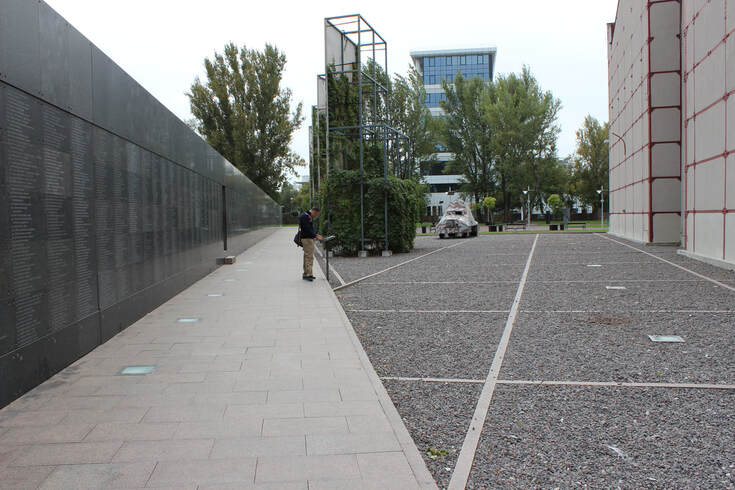
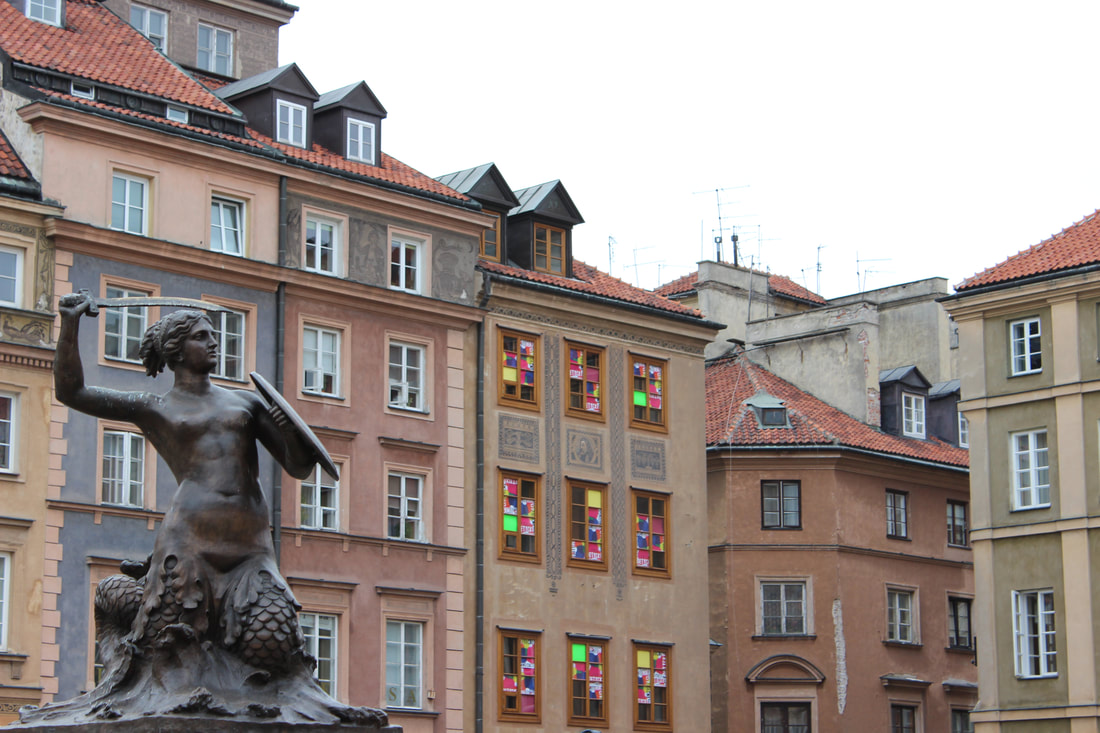
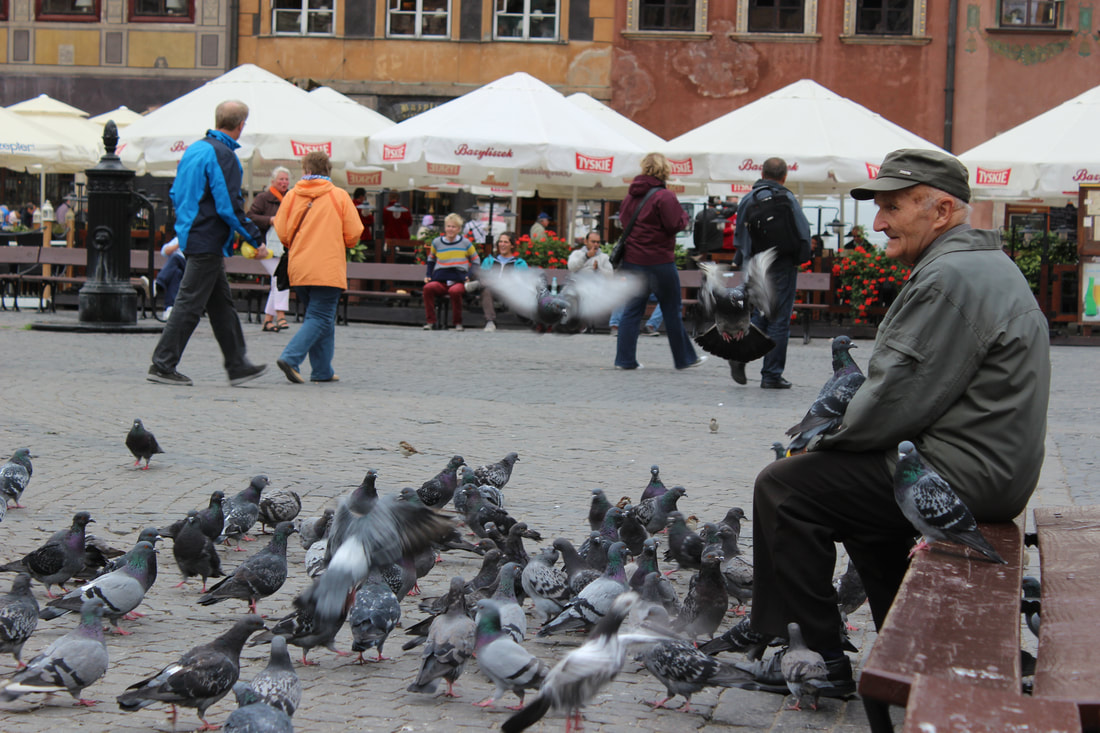
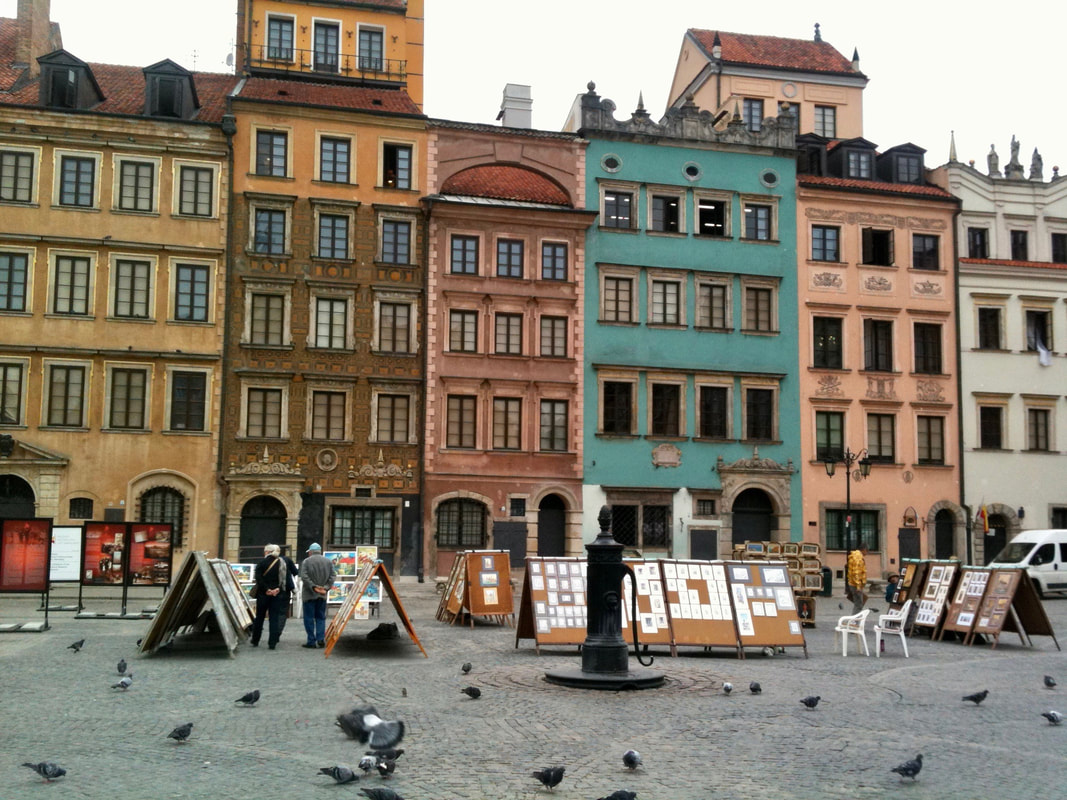
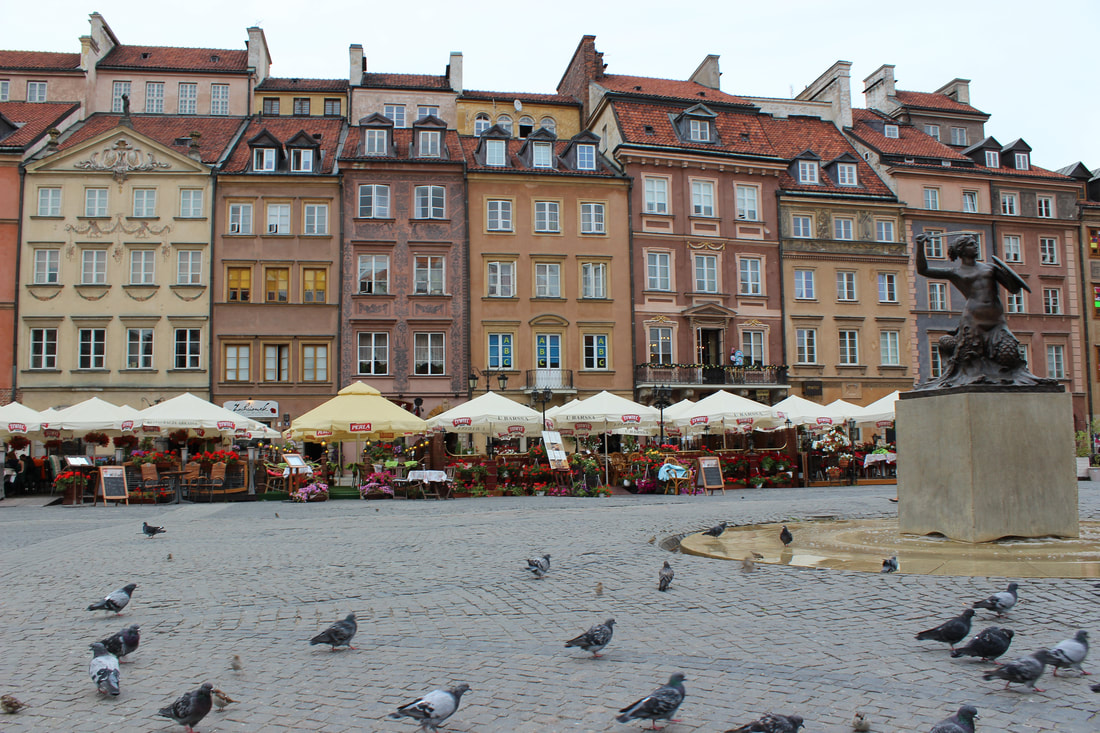
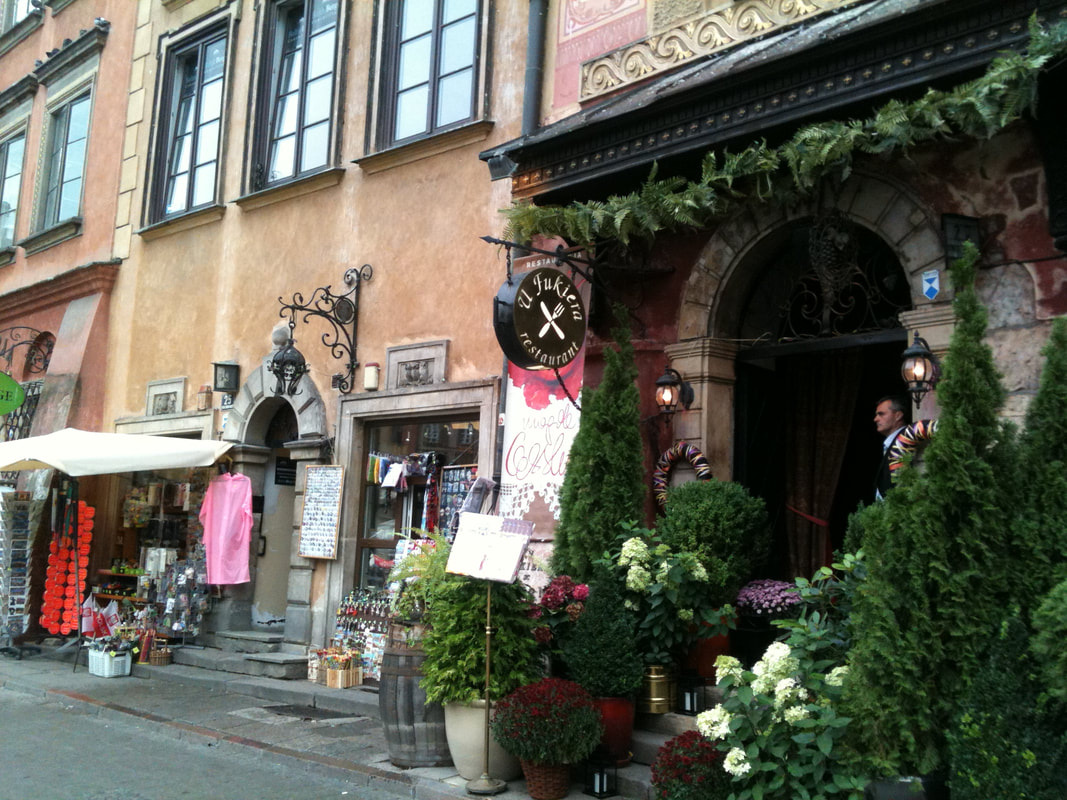
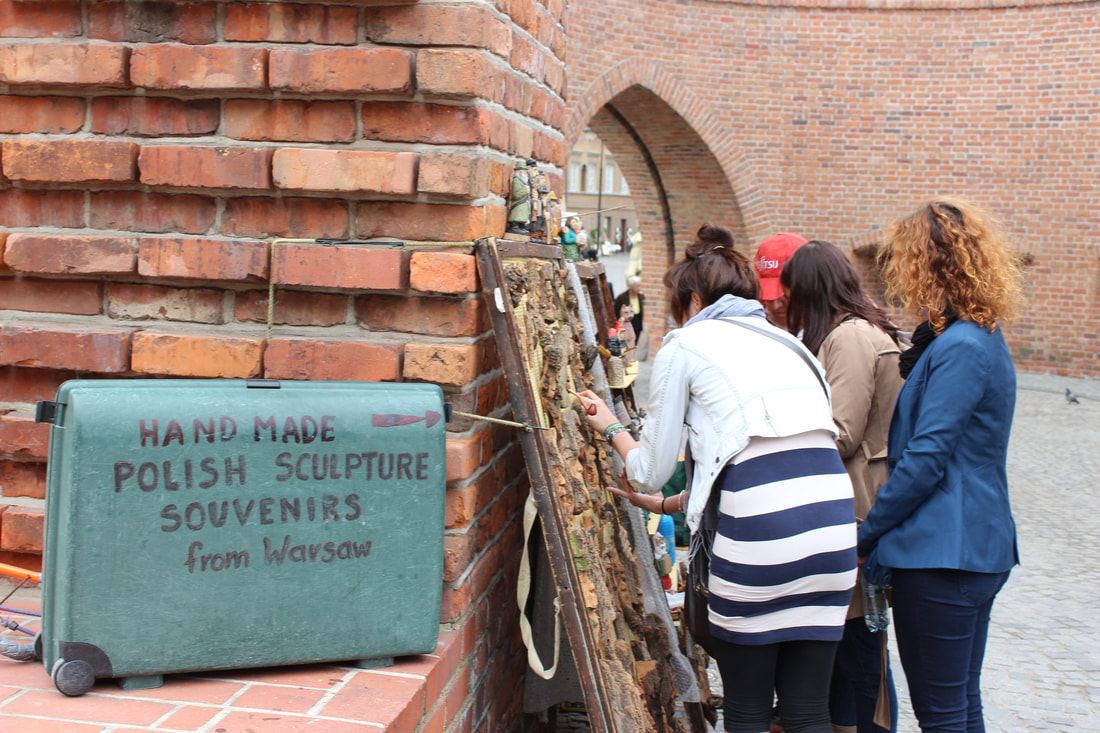
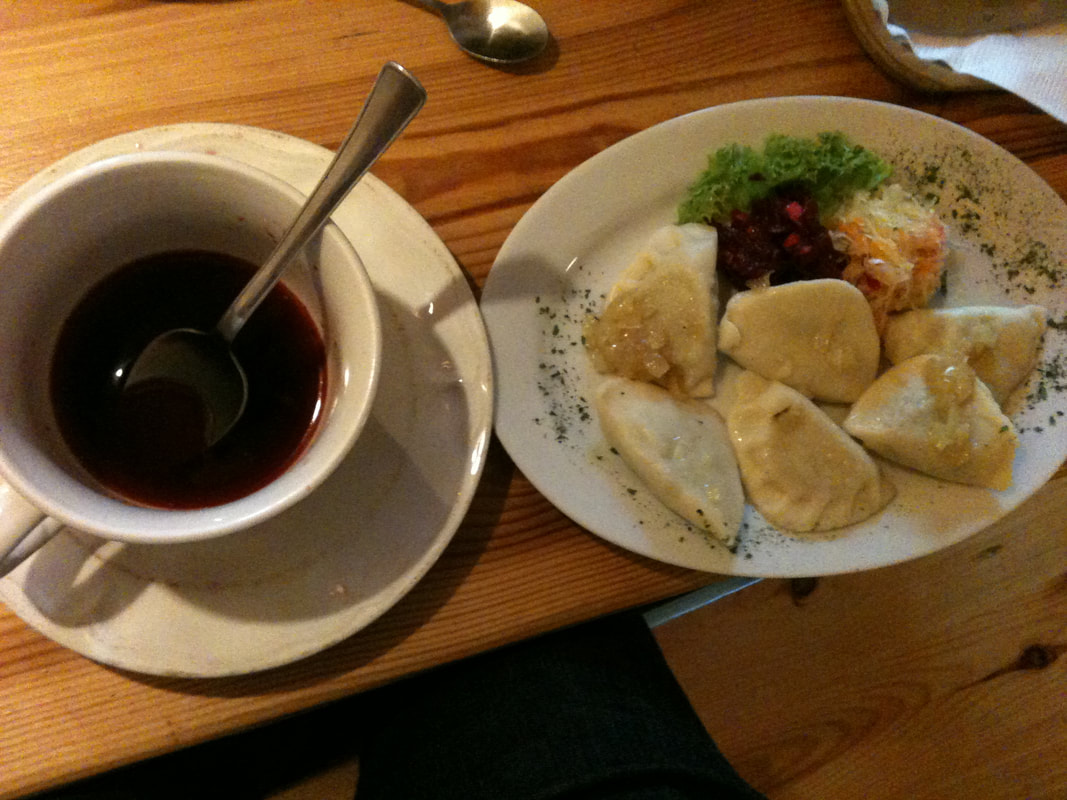
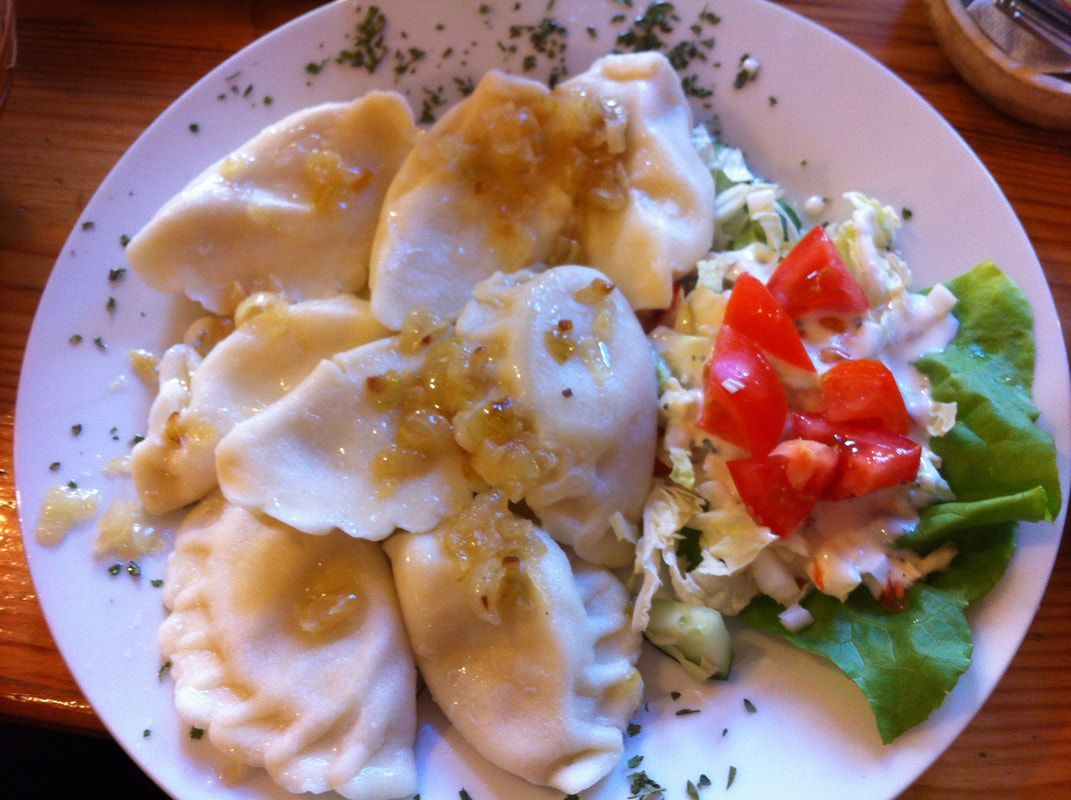
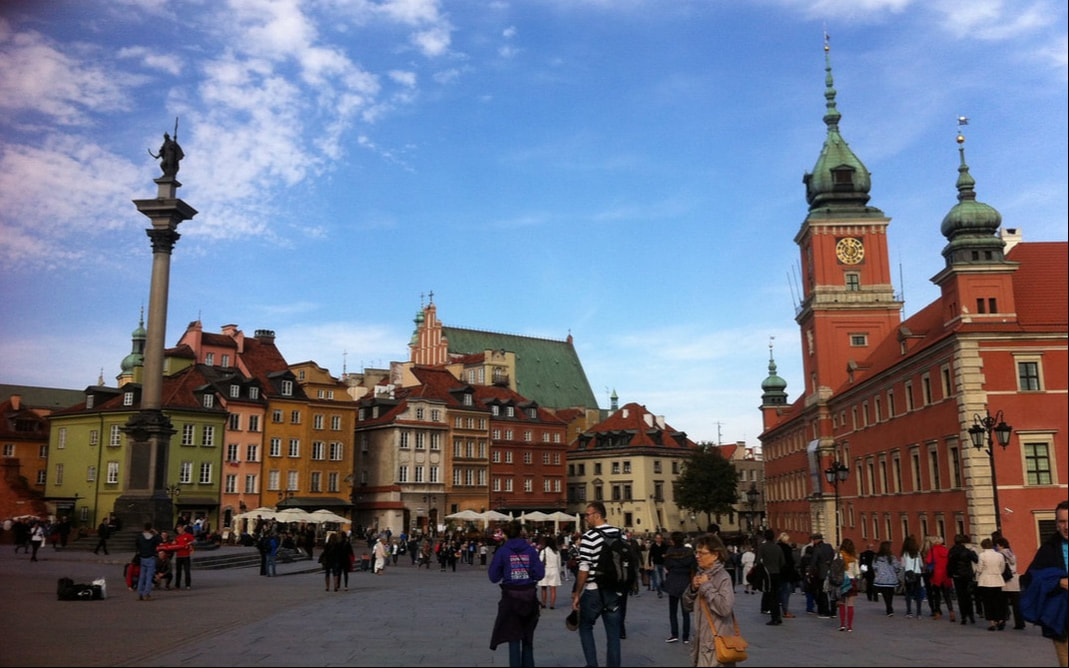
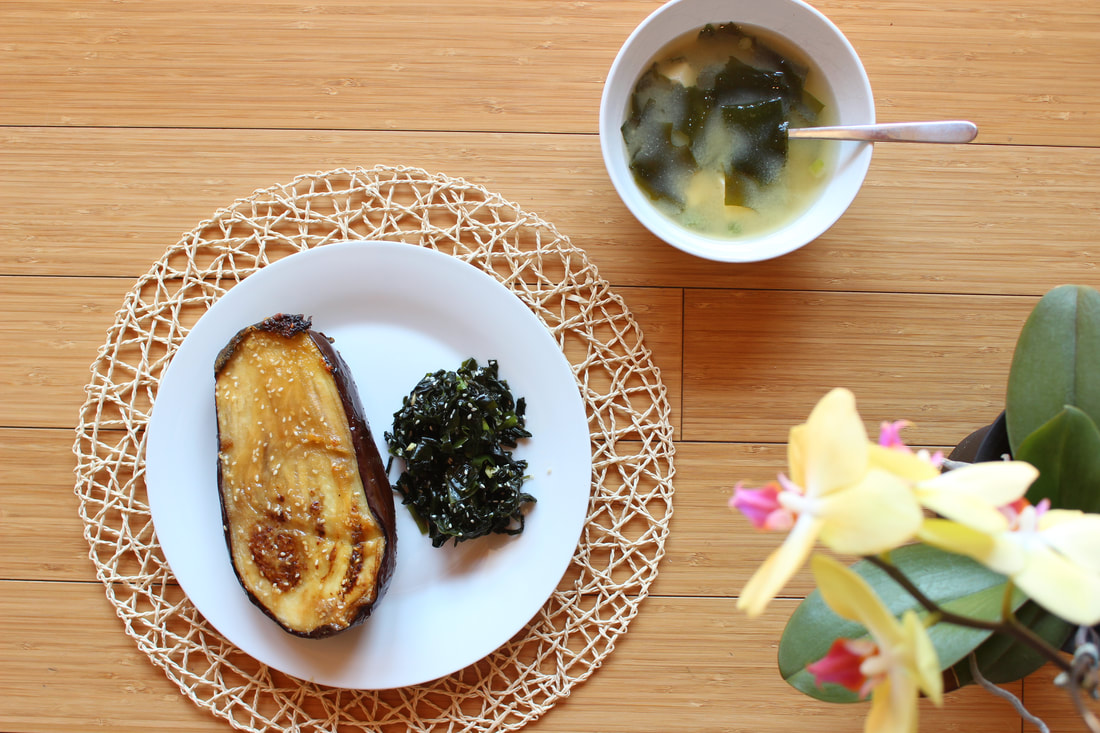
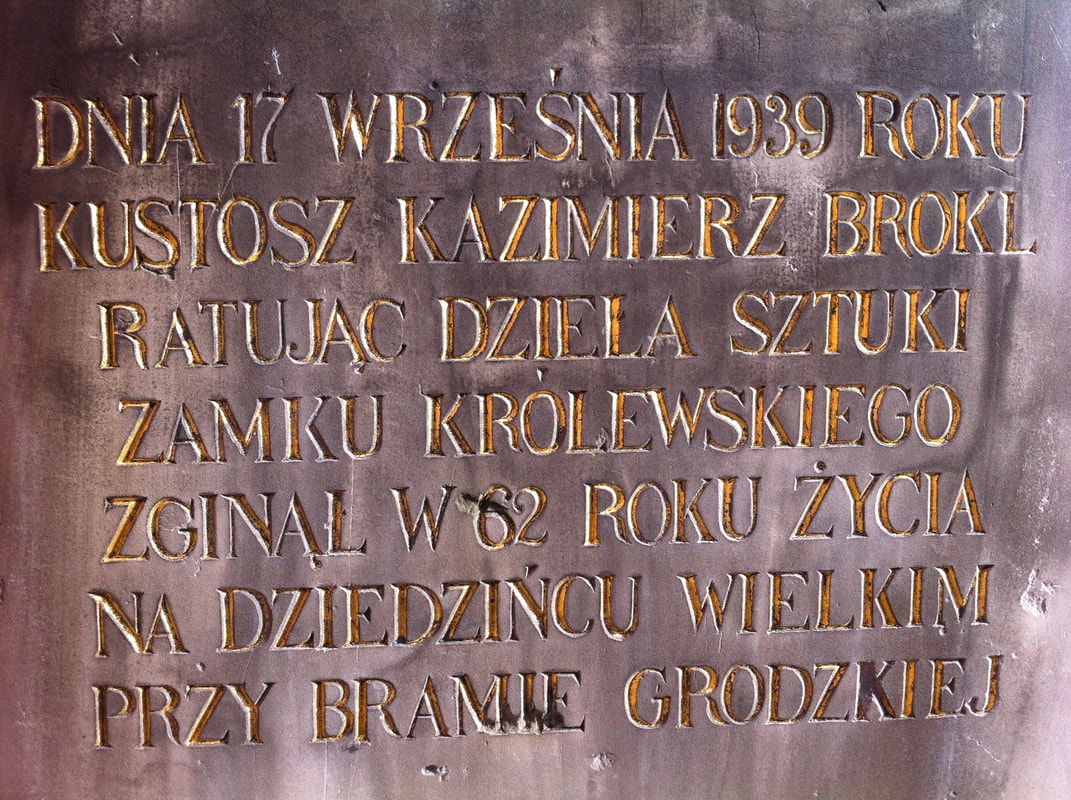
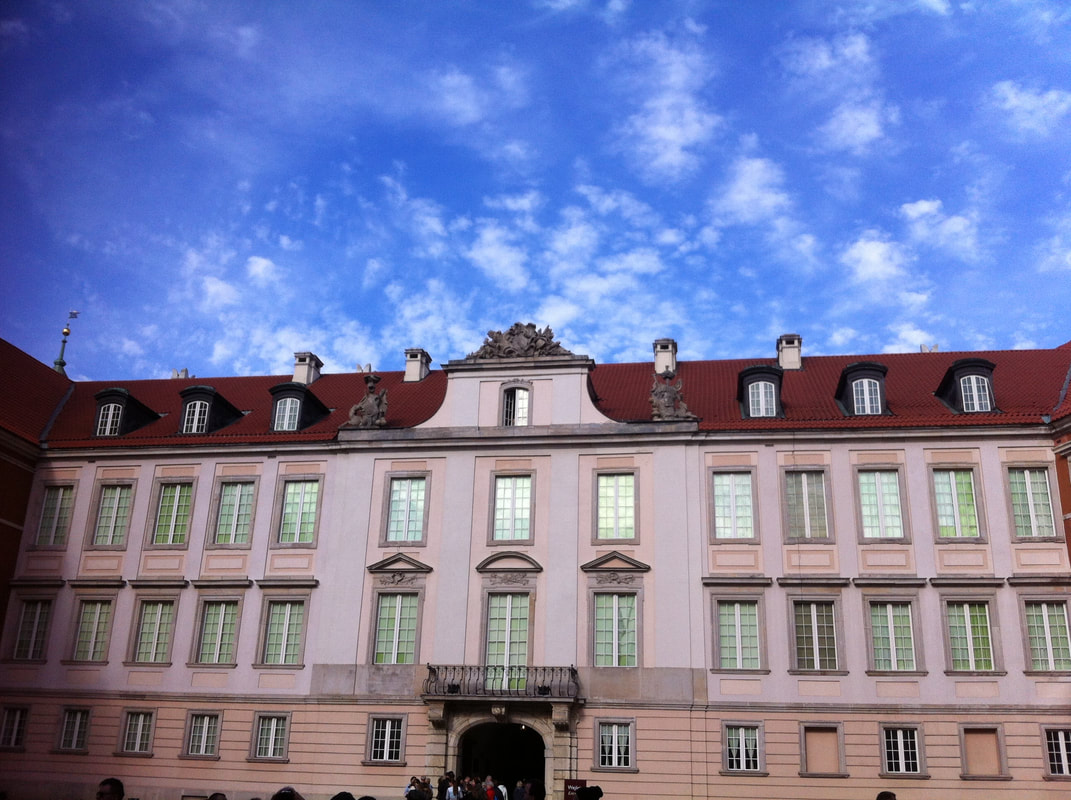
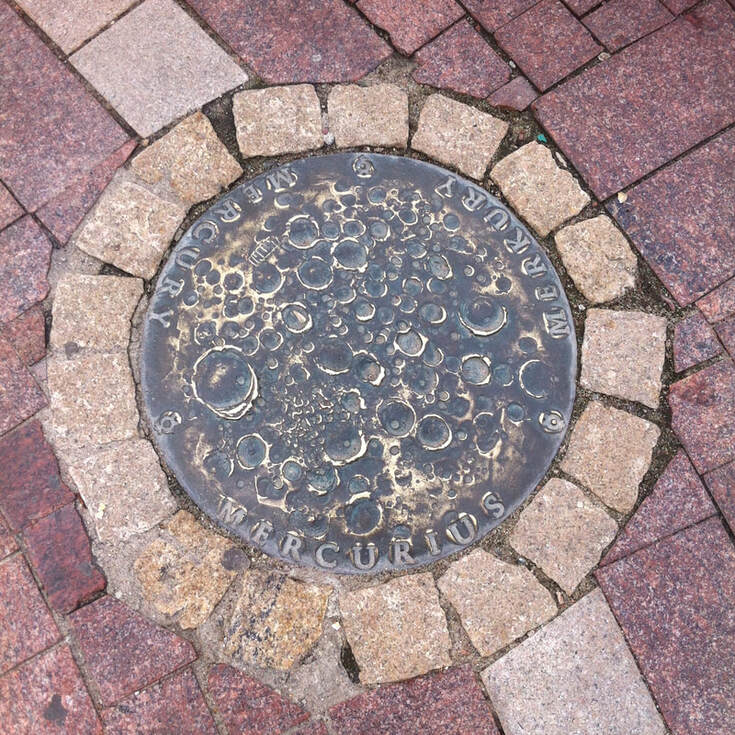
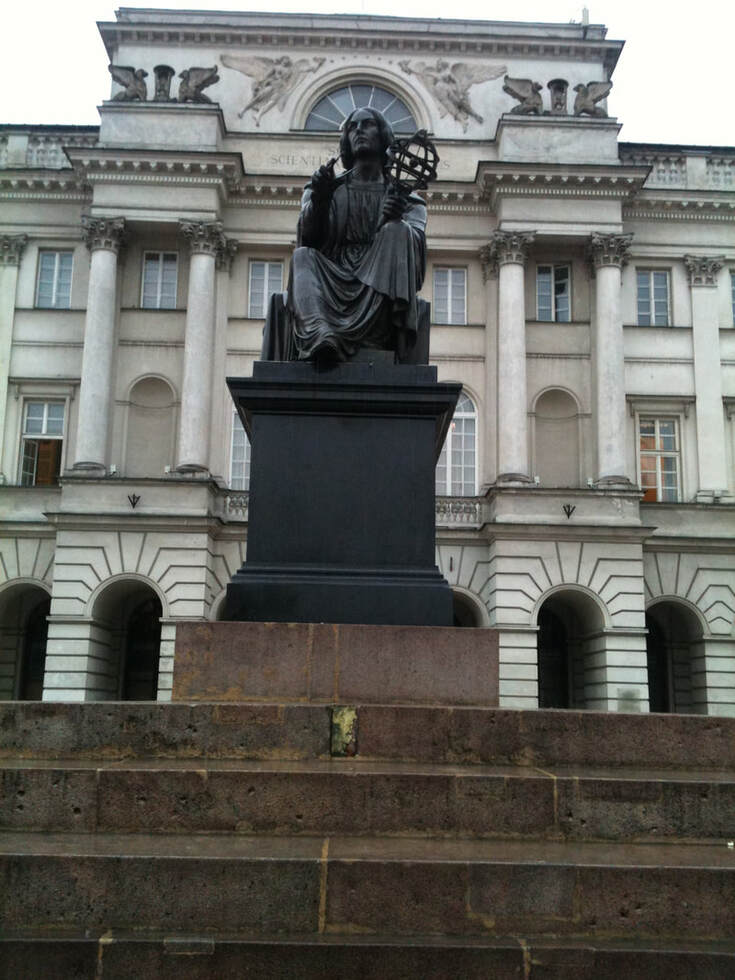
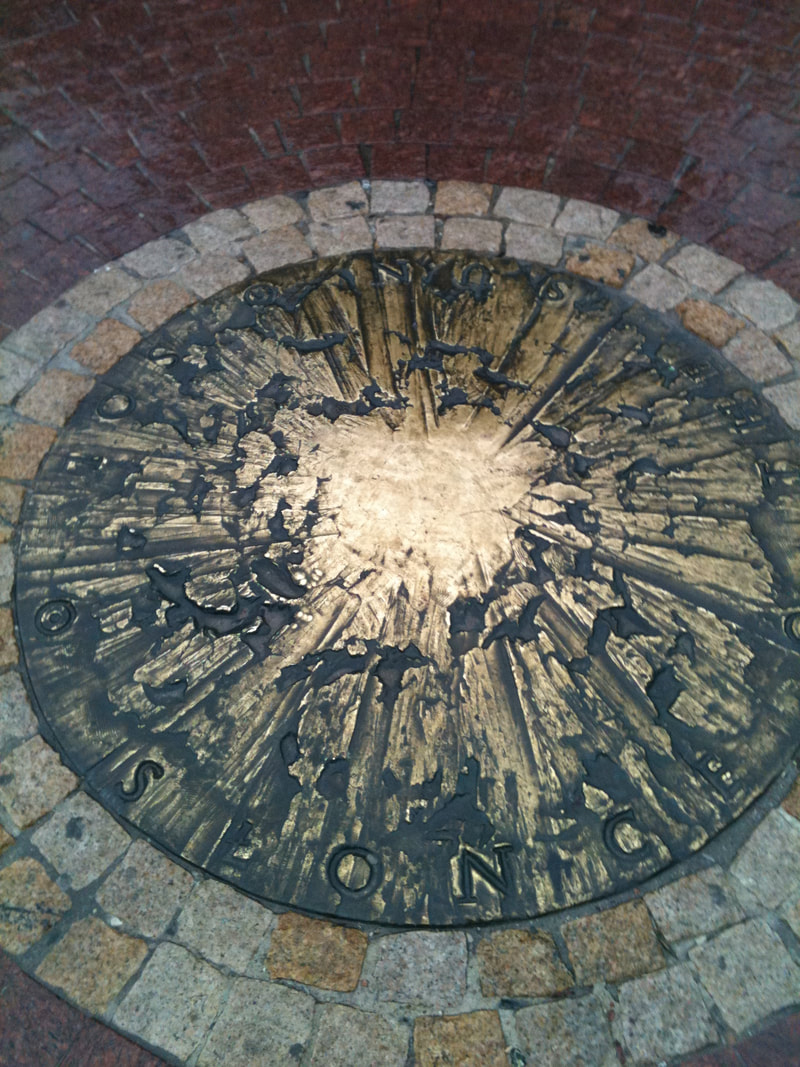
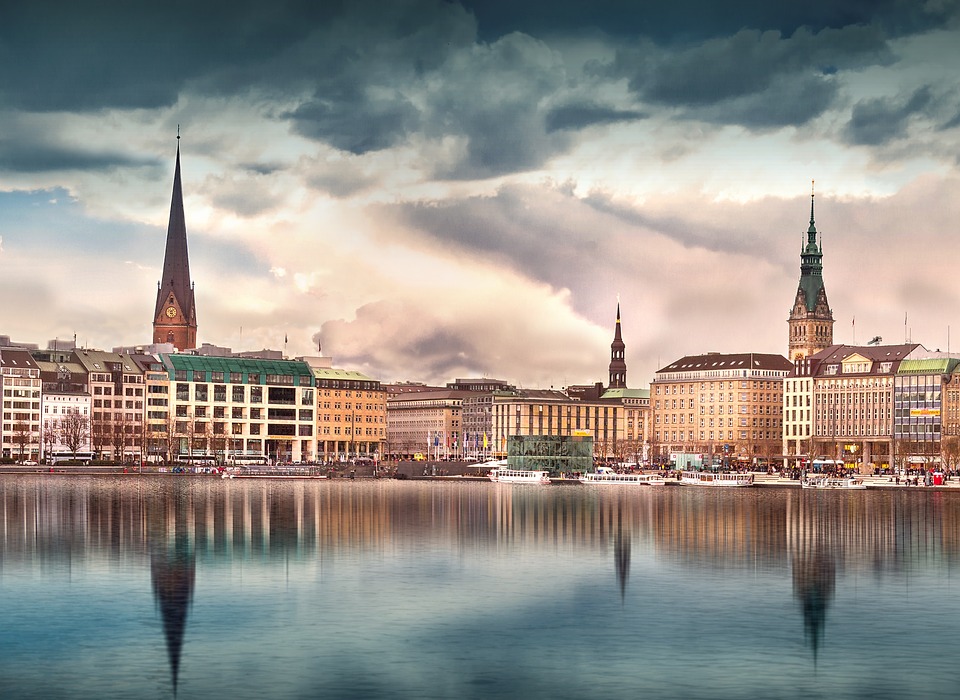
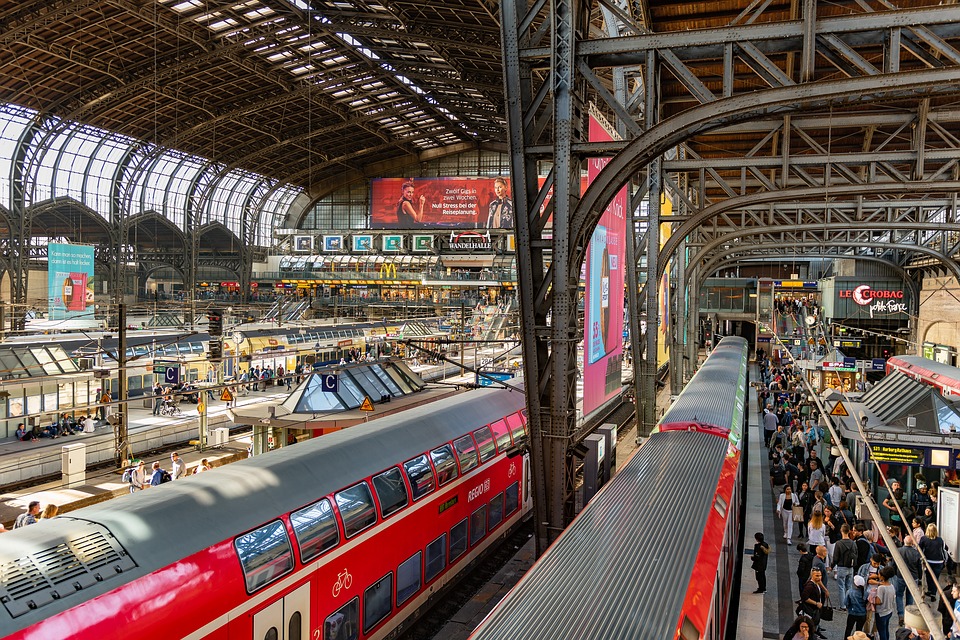
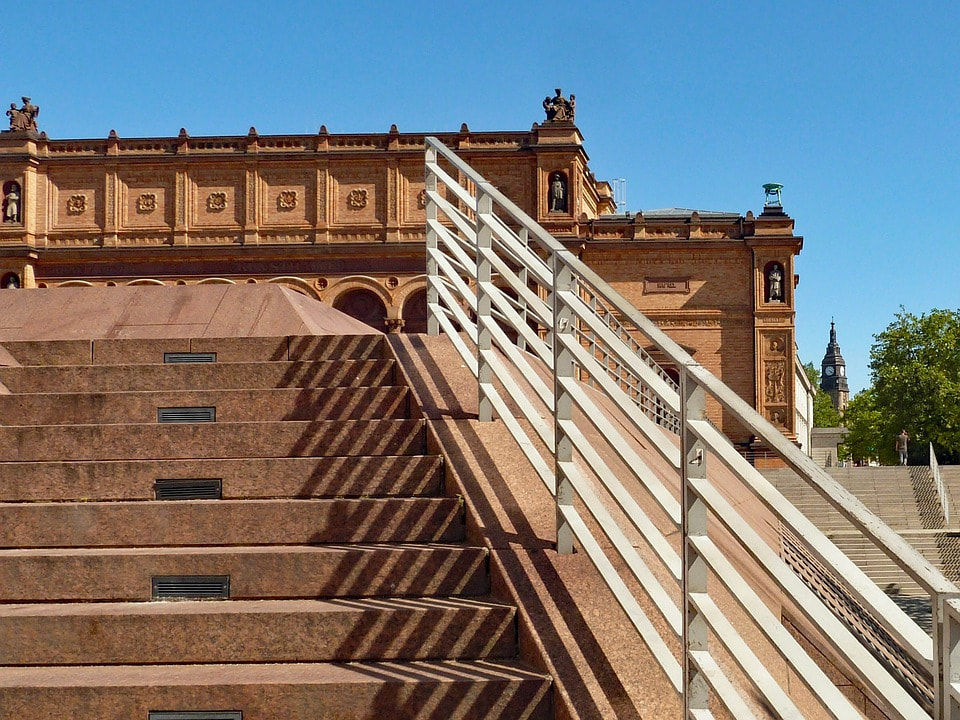
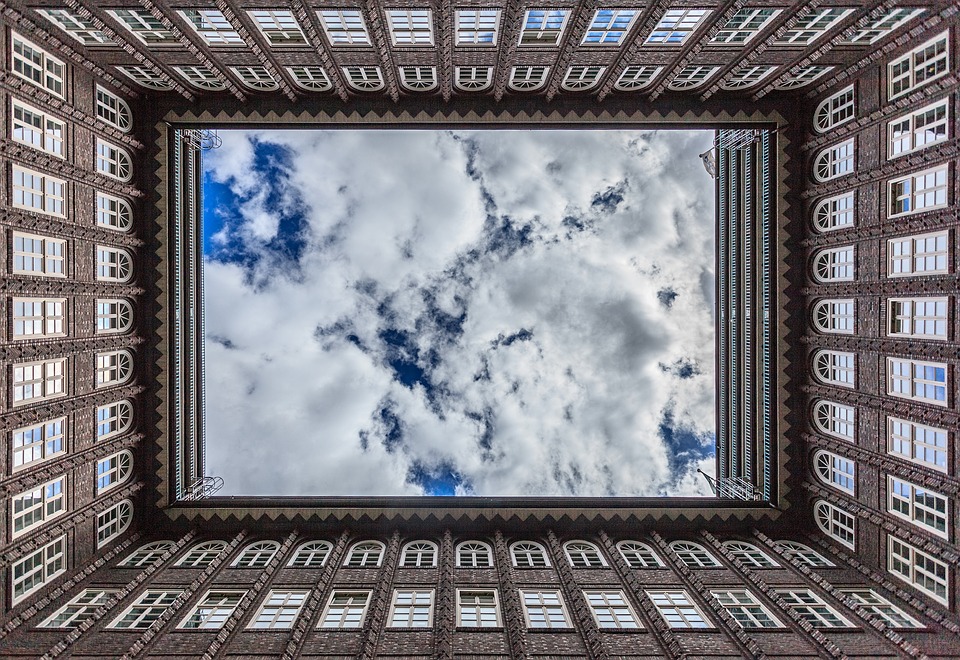
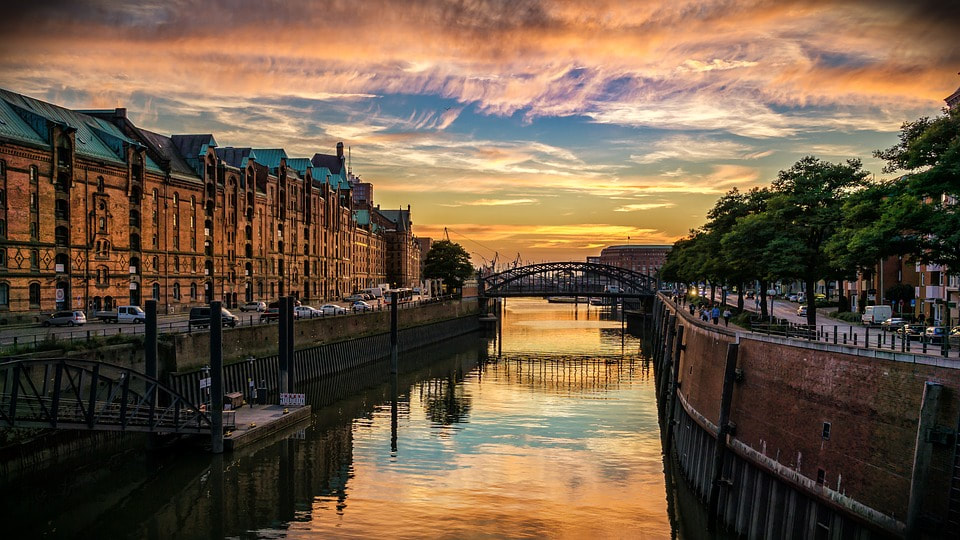
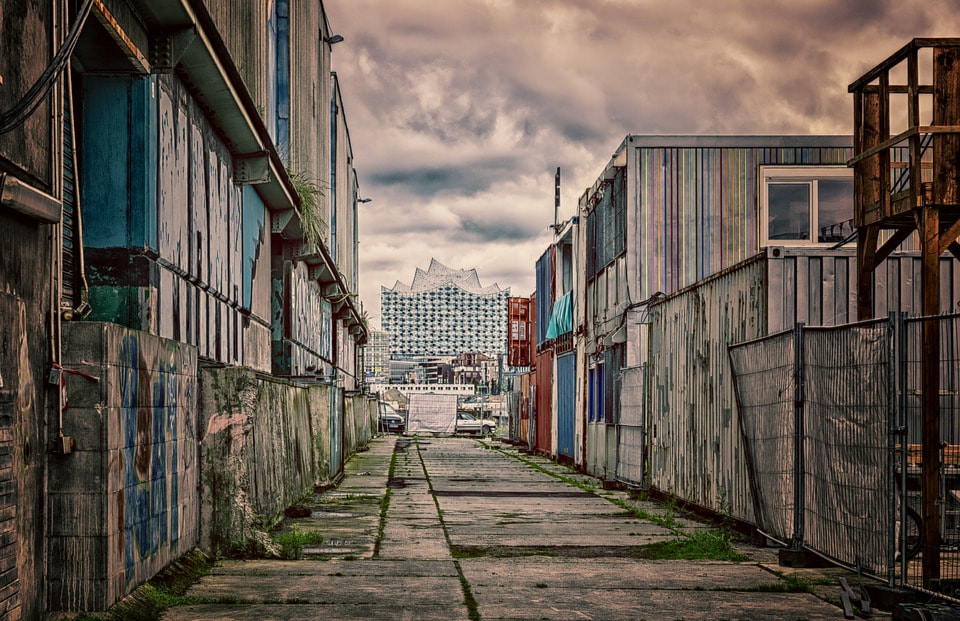
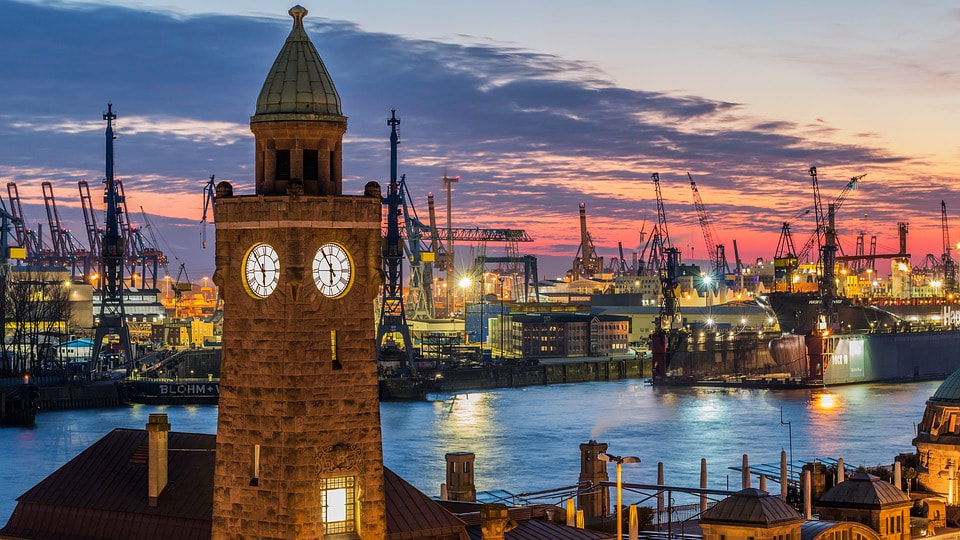
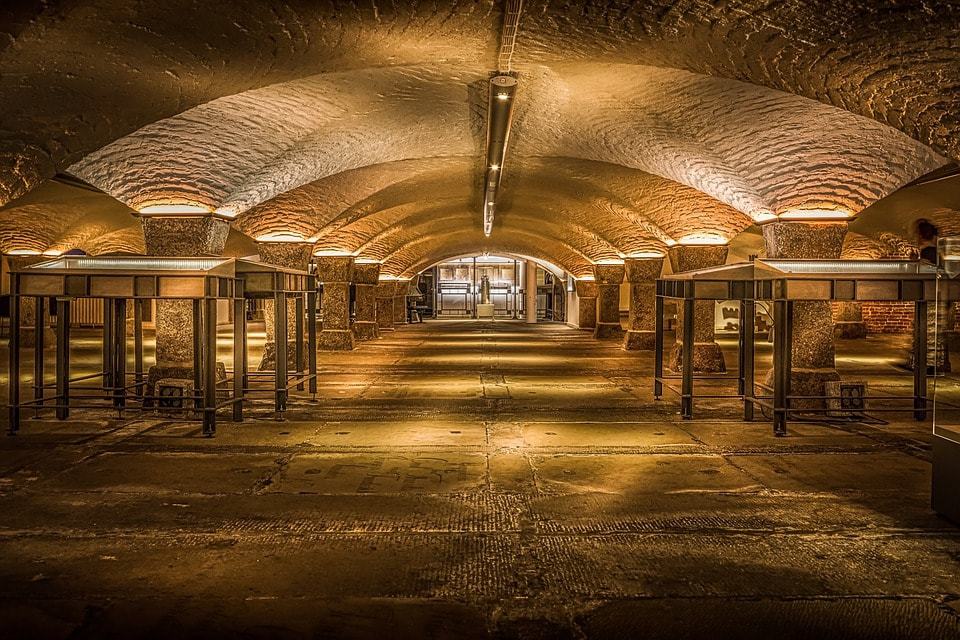
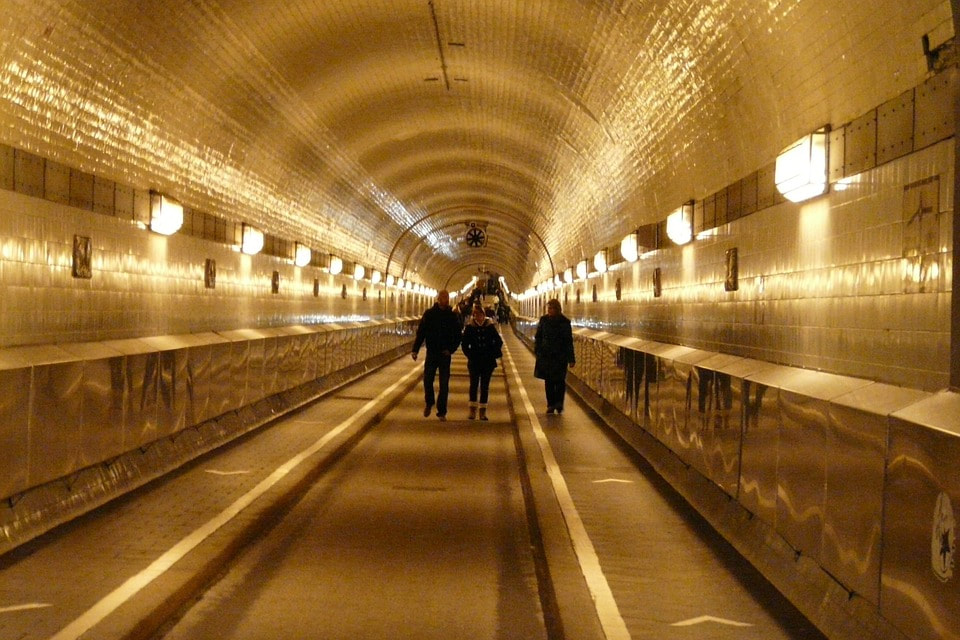
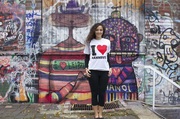

 RSS Feed
RSS Feed